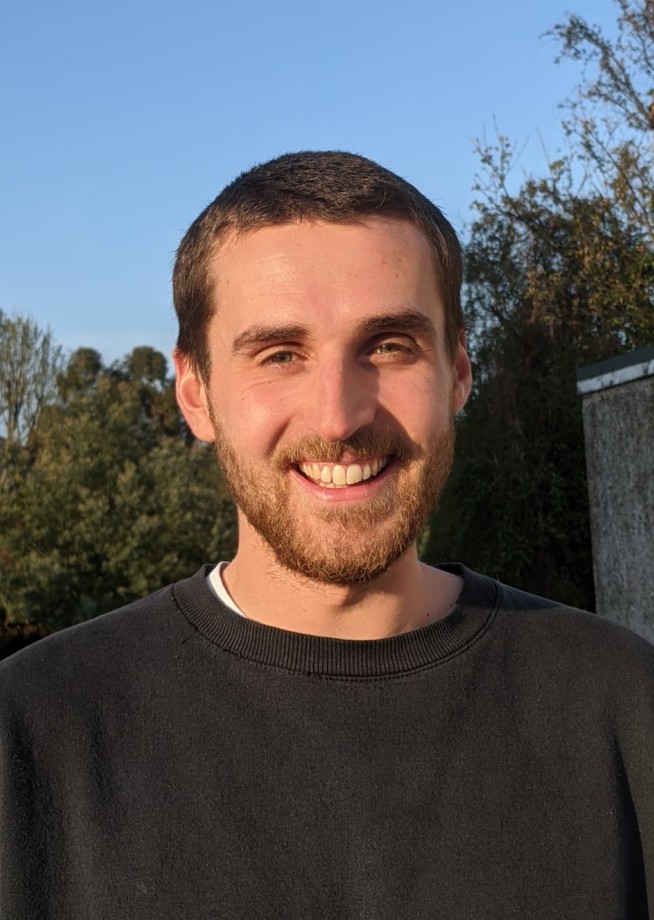James Hammond - PhD Student
James’ research focuses on integrating data-driven turbulence modelling into fluid-structure topology optimisation.
Background
“I studied Mechanical Engineering at Warwick University for four years. After Uni, I took a year out to have a break and decide what I wanted to do, applying for numerous business, industrial and postgraduate positions along the way. In the end, my love of research won out, and I started the Centre for Doctoral Training (CDT) in Fluid Dynamics across Scales here at Imperial in 2018.”

“My research attempts to bring together two very exciting fields currently being explored within the umbrella of fluid dynamics. These are data-driven turbulence modelling and fluid-structure topology optimisation. For anyone who hasn’t heard of topology optimisation, it’s a really clever way of producing the most efficient designs for your engineering problem by extracting gradients in your system with respect to some chosen design variables. Once you know which way is downhill, you have information on how to change your design to make it more efficient.”
“The rapid advancements in additive manufacturing technologies (or 3D printing) are beginning to enable the fabrication of the incredibly complex and intricate designs that topology optimisation produces. This means the building blocks are now in place for a massive shift in the design process of many structural and mechanical components now complex “free-from” structures can be printed. Designs that were previously limited by the available manufacturing methods have the potential to undergo a step-change in performance.”
“The specific application I am considering is for internal cooling channels in turbine blades. Using topology optimisation, we hope to create an intricate network of channels through the centre of the blade. This will maximise the heat transfer away from the blade, whilst minimising the energy needed to pump the cooling fluid through. However, complex turbulent flows can arise in these situations. So this is why we need to incorporate data-driven turbulence modelling to accurately describe its effects on our system.”
Studying for a PhD and the future
Topology optimisation of a 2D U-bend
“Throughout my undergraduate degree, I really enjoyed the intellectual stimulation and freedom that came with the more open-ended research projects we worked on. I knew this was something I didn’t want to lose, and I felt like it would be hard to find a graduate entry-level job that gave me the same freedom to explore areas that interest me.”
“For me, the best thing is the freedom: freedom in terms of my project direction, but also my working hours and where I work from physically. As long as I get the work done, my hours can be completely flexible so I can always fit in the fun stuff in life as well.”
“Self-motivation is the hardest thing. It’s no wonder there are so many warnings about this before you embark on your PhD! Especially over lockdown when you are working by yourself on your own project every day, it can be a lot to persevere with. It’s a real rollercoaster of highs when you have a breakthrough and lows when everything your try seems to wind up in a dead-end.”
“All I would say is go for it and keep going: it will be worth it in the end. There’s such a satisfying reward when you find a solution to something that’s been bugging you for months.”
“I see myself (at least to some extent) staying in research. However, if this is in academia, industry or for some enterprising startup is a mystery to me still!”



